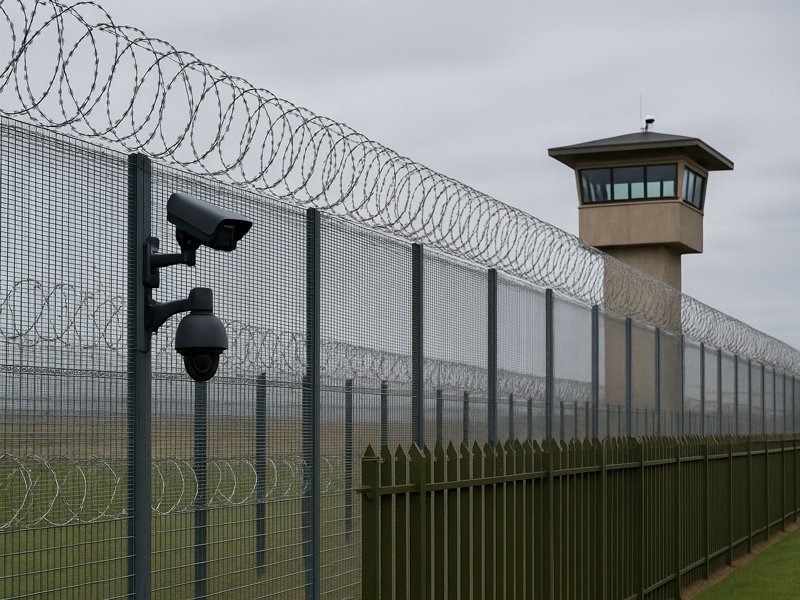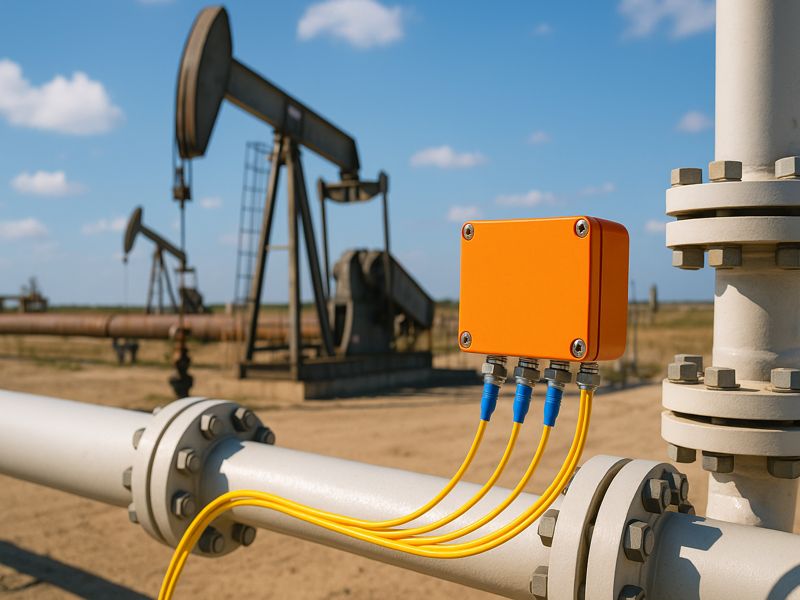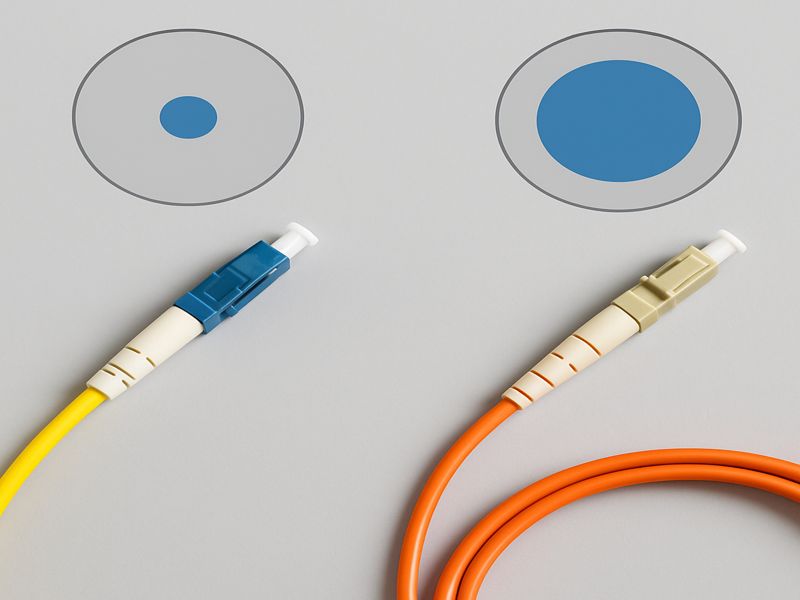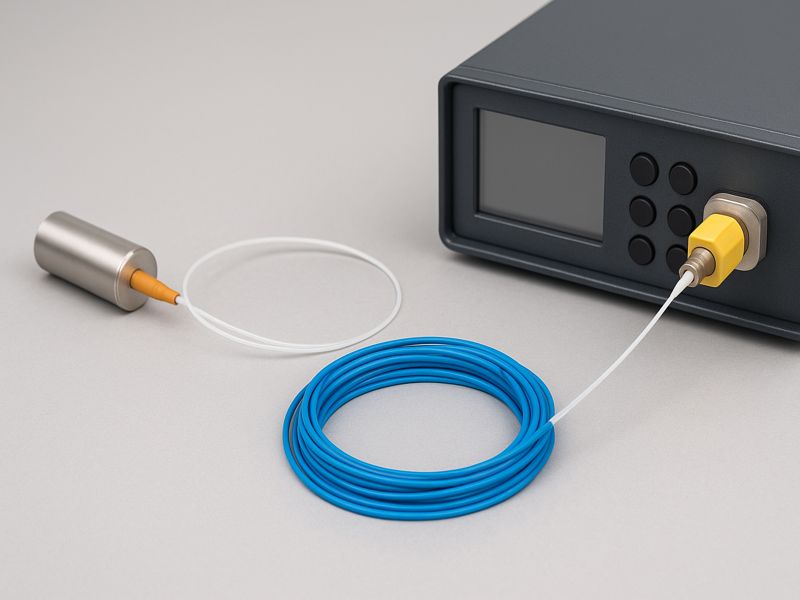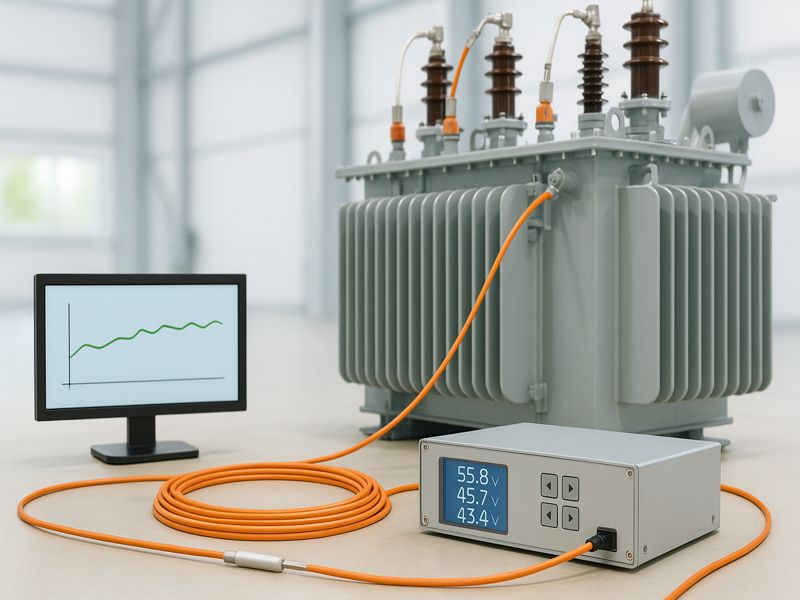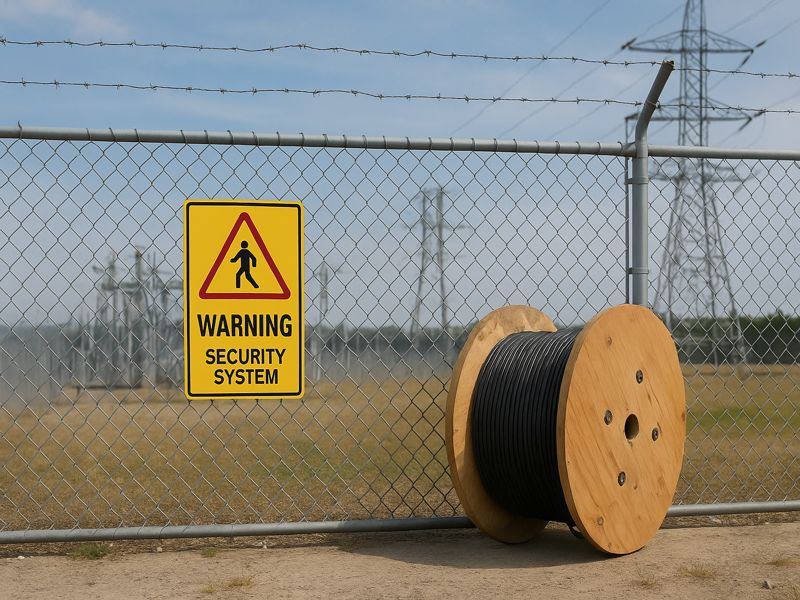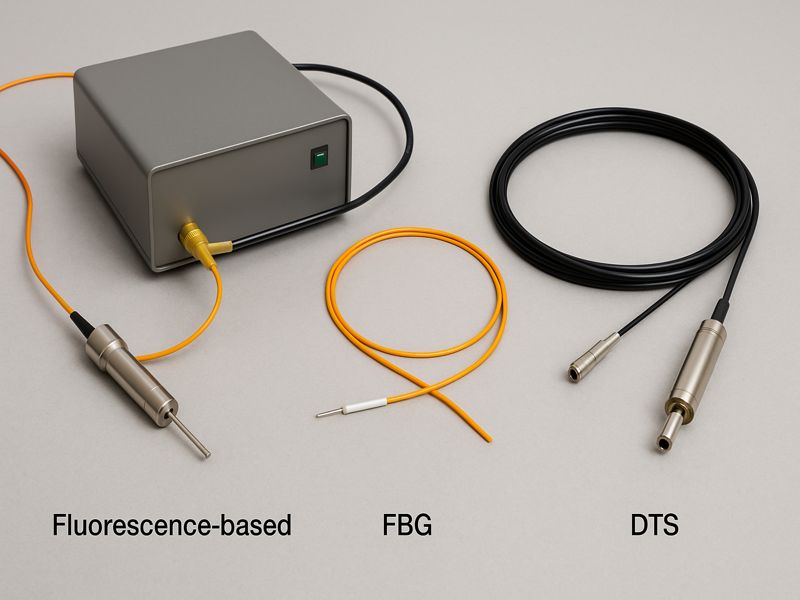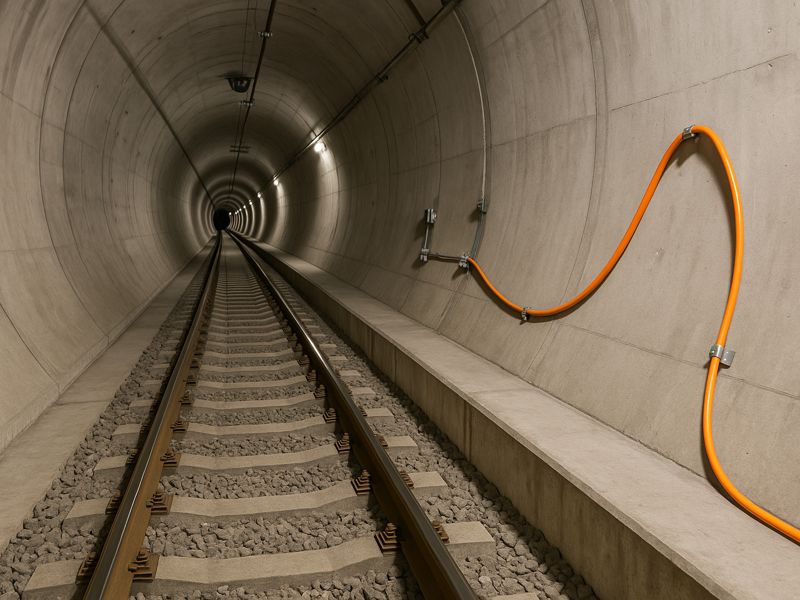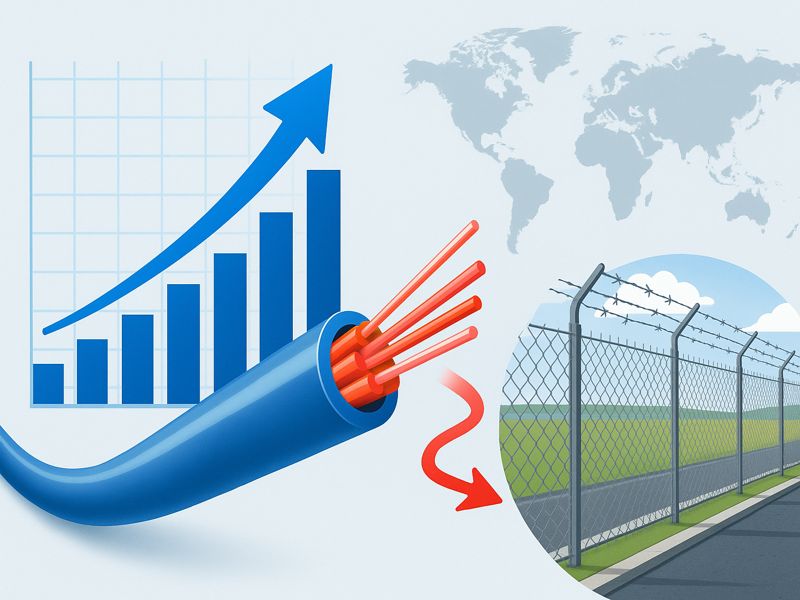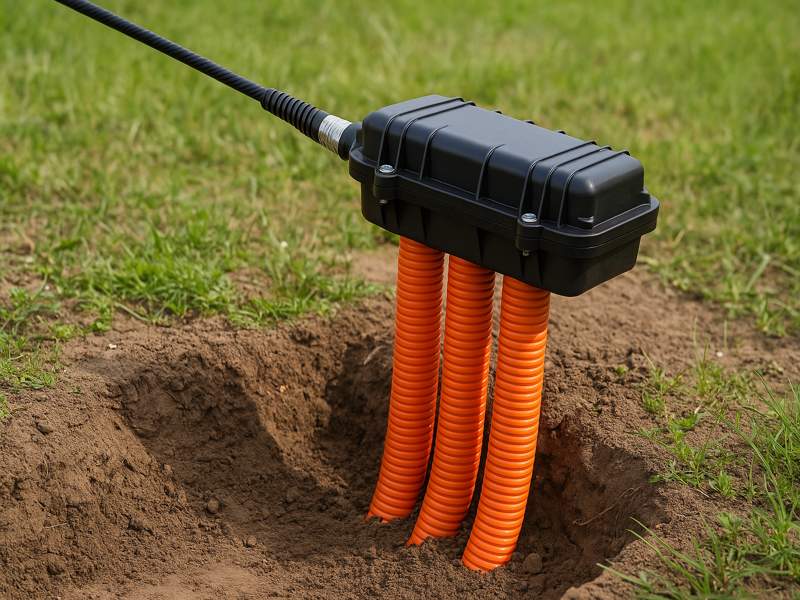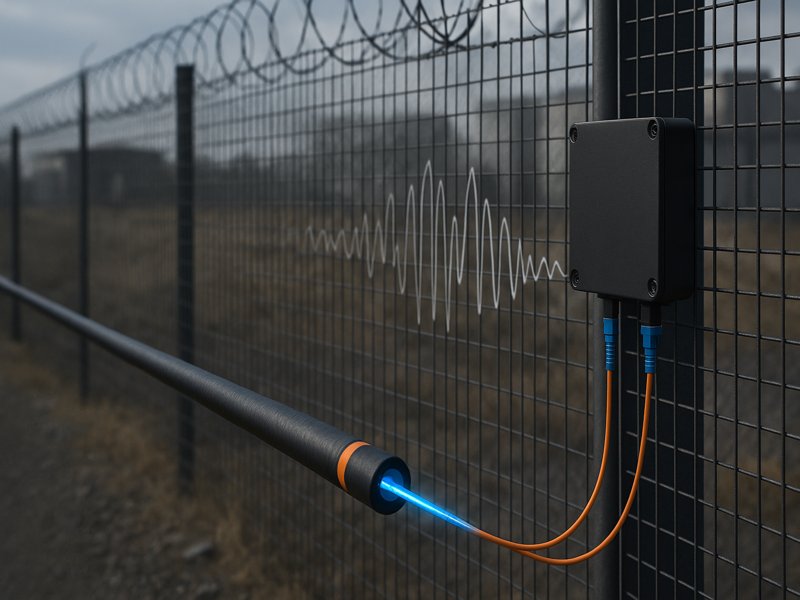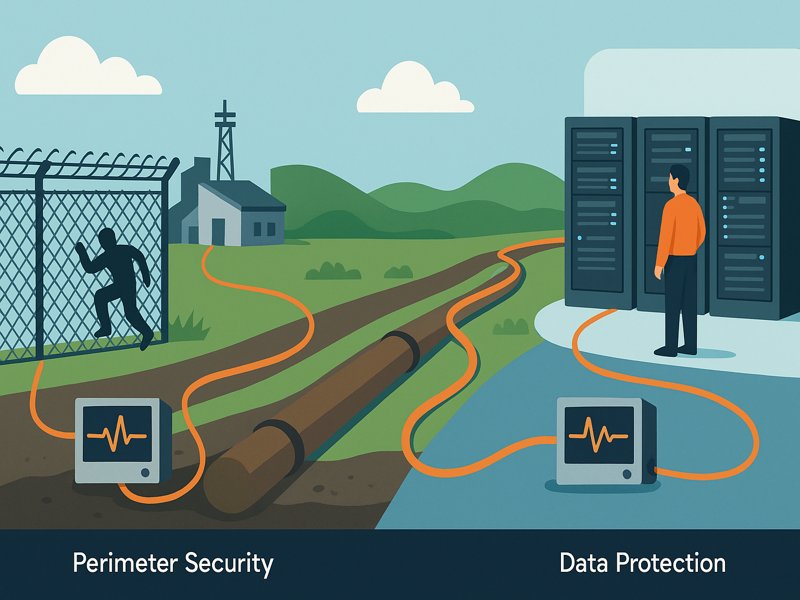Modern prison security goes far beyond barbed wire and guard towers. As correctional facilities face growing threats—from organized escapes to drone-delivered contraband—the need for a robust, multi-layered security system has never been more urgent. To prevent escapes and maintain safety, facilities must implement a comprehensive approach that merges physical barriers, perimeter intrusion detection systems (PIDS), and intelligent surveillance technologies.
This article explores how to design an effective multi-layered prison security system that integrates fencing, PIDS, and smart monitoring into a unified and adaptive security architecture.
The New Age of Prison Security
The concept of prison security has evolved significantly over the past two decades. Modern escape attempts no longer rely solely on physical breaches but employ advanced tactics and technology. Contraband delivery by drones, coordinated riots, and internal collusion all challenge traditional systems.
A successful prison security system must therefore:
- Deter escape attempts through visible, formidable obstacles.
- Detect any perimeter breaches or suspicious movements.
- Delay intruders or escapees long enough for intervention.
- Respond in real-time with actionable intelligence.
This is where the multi-layered approach becomes essential.
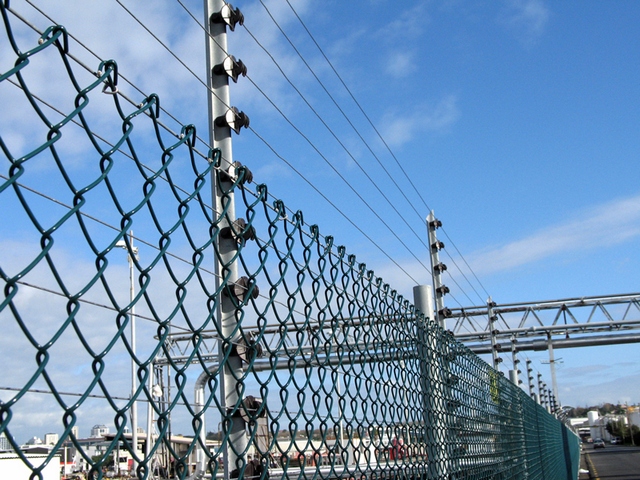
Layer 1: Physical Fencing—The First Line of Defense
High-Security Perimeter Fencing
The outermost layer of a prison’s defense should be a professionally engineered security fence. This fencing must withstand tampering, scaling, cutting, and environmental degradation.
Common fencing types include:
- Palisade Fencing: Rigid steel pales with pointed tips—hard to climb or cut.
- Mesh Panel Fencing: Anti-climb, anti-cut panels are often used with sensors.
- Razor Wire and Concertina Coils: Provide psychological and physical deterrence.
- Double Fence Lines: A gap between two fences adds a buffer zone to detect or delay intrusions.
Key Considerations:
- Height: A minimum of 4–6 meters, often with overhangs.
- Materials: Galvanized steel, stainless steel, or anti-corrosion coatings.
- Foundation: Buried fencing or concrete curbs to prevent digging or tunneling.
- Tamper Detection: Fence-mounted sensors or fiber optic cables can detect vibrations and breaches.
Fencing forms the visible and physical deterrent, but it alone is not enough.
Layer 2: Perimeter Intrusion Detection Systems (PIDS)
What is PIDS?
Perimeter intrusion detection system(PIDS) refers to technologies that detect intrusions along the perimeter. These systems are integrated with fencing or buried underground to detect disturbances and alert guards.
Main PIDS types include:
- Use fiber optics, accelerometers, or microphonic cables.
- Detect cutting, climbing, or lifting of the fence.
- Electromagnetic or seismic cables detect footsteps or vehicle movement.
- Invisible and tamper-proof.
Microwave or Radar Sensors:
- Create an invisible zone between fences.
- Detect motion or body heat crossing a defined boundary.
Infrared Beams and Laser Fences:
- Detect beam interruption across a perimeter.
- Highly precise but may be affected by weather.
Electrified Fences with Detection Capabilities:
- Combine high-voltage shock and intrusion detection.
- Offers deterrence and real-time alerts.
Integration and Calibration
The key to effective PIDS is calibration and integration. False alarms can reduce response effectiveness, while missed detections can be catastrophic.
- Zone-based Monitoring: Allows pinpoint accuracy.
- Sensitivity Settings: Adjust to environmental noise (e.g., rain, wind, animals).
- AI-Powered Filtering: Use machine learning to reduce false positives.
PIDS transform passive barriers into active security zones
Layer 3: Smart Monitoring and Surveillance
Video Surveillance Systems (CCTV)
Closed-circuit television remains a cornerstone of prison monitoring, but modern systems have evolved beyond static observation.
Smart CCTV features include:
- Video Analytics: Detect motion, loitering, or fence approach behavior.
- Facial Recognition: Identify inmates and staff, especially in restricted zones.
- License Plate Recognition (LPR): Control and record vehicular access.
- Thermal Cameras: Beneficial in blind areas or poor light.
Intelligent Command Centers
Security personnel must be able to monitor, assess, and respond rapidly. A centralized control room acts as the nerve center of the prison’s security.
- Real-Time Alerts: Triggers from PIDS and surveillance are immediately displayed.
- Integrated Map Views: Security zones are shown on interactive interfaces.
- Response Protocols: Automated actions (e.g., locking down a cell block) can be programmed.
- Recording & Playback: Useful for investigations or incident reviews.
Predictive monitoring and artificial intelligence
- Sophisticated monitoring systems leverage AI to identify trends and predict threats. Behavioral Analytics: Detects unusual inmate behavior (e.g., loitering near fences).
- Predictive Escapes: Using past data to foresee vulnerabilities.
- Drone Detection Systems: Identify and neutralize aerial threats.
Smart monitoring ensures that no suspicious activity goes unnoticed.
Layer 4: Access Control and Internal Segmentation
Beyond the perimeter, internal security is vital.
Controlled Access Systems
All access points—whether for staff, vehicles, or goods—should be controlled with:
- RFID or Biometric Readers: For high-accuracy identity verification.
- Turnstiles or Mantraps: Prevent tailgating or forced entry.
- Airlocks: For transport gates and sally ports.
Internal Zoning
Segmenting the prison into layers of access minimizes risk:
- Low, Medium, High-Security Blocks: Inmates are classified accordingly.
- Restricted Maintenance Zones: Accessible only to vetted personnel.
- Surveillance Coverage in Hallways: Prevent blind spots between perimeter and internal zones.
Segmentation delays movement and isolates disturbances.
Layer 5: Redundancy, Response, and Recovery
Even with high-tech tools, systems can fail or be bypassed. That’s why a layered system must also include:
Backup Systems
- Power Backup: Generators and UPS for uninterrupted surveillance and PIDS.
- Communication Systems: Secure radios, internal phones, and intercoms.
- Secondary Alert Systems: Manual alarms or backup sensors.
Response Protocols
- Security Drills: Regular training for perimeter breaches or escape attempts.
- Rapid Deployment Teams: Strategically stationed guards for fast containment.
- Coordination with Local Authorities: In case of mass escapes or riots.
Post-Incident Review
- Video Playback and Log Analysis: Determine causes and fix vulnerabilities.
- Sensor Logs: Review PIDS activity before, during, and after events.
- System Health Monitoring: Regular diagnostics and audits.
Resilience planning is just as critical as real-time defense.
Integration: One Unified Ecosystem
Designing a multi-layered prison security system requires full integration across all platforms.
Benefits of Integration:
Seamless Communication: PIDS triggers CCTV focus and alert notifications.
- Reduced Reaction Time: Automation means a faster detection-to-response loop.
- Unified Data: Everything is logged and analyzed centrally.
- Scalability: Easy to add or upgrade components.
Open Protocols and Interoperability
To future-proof systems:
- Choose equipment compatible with industry-standard protocols like ONVIF, SNMP, or Modbus.
- Avoid vendor lock-in.
- Ensure remote update and diagnostic capabilities.
A secure prison is a connected one.
Challenges in Implementation
Cost
High upfront investment is often required for integrated systems. However, long-term savings from reduced incidents, staffing needs, and legal liabilities often justify the expense.
Training
Security personnel must be trained to operate and interpret systems properly.
False Alarms
Improper calibration can result in false positives. Systems must be tested and fine-tuned over time.
Information Security
Cyber hazards can affect digital systems. Encryption, firewalls, and access control for software systems are necessary.
Designing a multi-layered prison security system is no longer an option—it’s a necessity. By combining physical fencing, advanced perimeter intrusion detection systems (PIDS), and smart monitoring, facilities can build a defense that not only deters but also detects and neutralizes threats in real time.
Such integrated systems offer higher security, better resource efficiency, and greater peace of mind for operators and communities alike. In the ongoing mission to maintain order and safety within prison walls, a layered, intelligent security strategy is the new gold standard.
